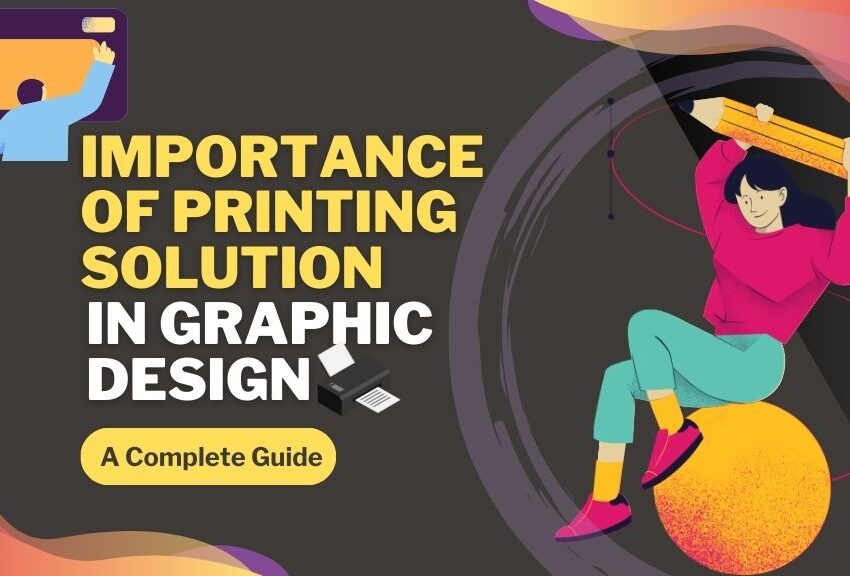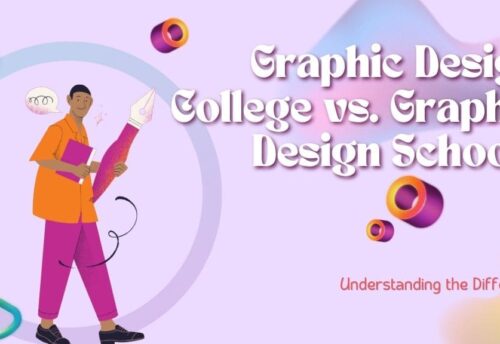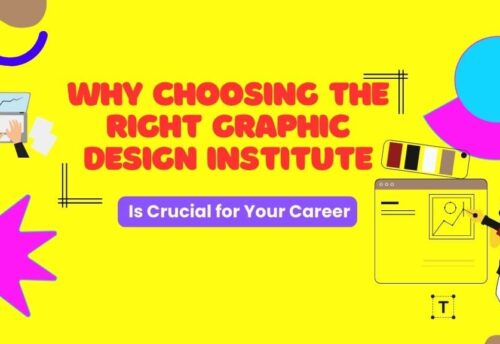
The Importance of Printing Solutions in Graphic Design: A Complete Guide
In the digital age, graphic design is often associated with websites, social media, and digital ads. But print design remains just as crucial — from business cards and brochures to packaging, banners, and publications. Behind every high-impact print design lies the power of effective printing solutions.
Whether you’re a beginner designer or a business owner working with creatives, understanding printing solutions is essential to ensure your designs don’t just look good on screen — but also shine in print.
What Are Printing Solutions in Graphic Design?
Printing solutions refer to the tools, processes, technologies, and services that convert digital designs into physical printed materials. This includes:
- Printing hardware (digital printers, offset presses, plotters)
- Prepress services (proofing, color corrections, bleed setup)
- Print-ready file formats (PDF/X, CMYK color mode)
- Finishing techniques (lamination, embossing, die-cutting)
Designers who understand printing processes can create artwork that translates perfectly from screen to paper.
Why Printing Solutions Matter in Graphic Design
Here’s why print knowledge is a critical skill for any graphic designer:
1. Ensures Color Accuracy and Consistency
Digital screens use RGB color, while print uses CMYK (Cyan, Magenta, Yellow, Black). Without proper conversion and proofing, colors can shift dramatically when printed.
Understanding color profiles, Pantone matching, and print calibration ensures the final product matches your design intent.
2. Improves Output Quality and Professionalism
Designs that are not prepared for print can suffer from:
- Pixelation or blurriness
- Improper bleeds and margins
- Cropping errors
- Text alignment issues
By preparing print-ready files and using the right resolutions (typically 300 DPI), you ensure crisp, clean, and professional results.
3. Supports a Variety of Marketing Needs
From posters and flyers to product packaging and booklets, print marketing is still highly effective — especially for branding, events, and local advertising.
Knowing how to design for different formats helps you offer more value to clients and expand your career opportunities.
4. Adds Tangible Value to Designs
Printed materials offer a physical connection with the audience. A well-designed, high-quality brochure or business card can leave a lasting impression in a way that digital can’t.
Designers who understand paper types, textures, finishes (like matte/gloss), and specialty printing (like foil stamping) can create truly memorable print experiences.
5. Reduces Costly Print Errors
Small mistakes in file setup can lead to expensive reprints. Common errors include:
- Missing bleeds or crop marks
- Low-resolution images
- Incorrect file formats or fonts not embedded
- Using RGB instead of CMYK
Training in printing solutions helps avoid these errors and improves collaboration with printers.
6. Opens Career & Freelancing Opportunities
Knowledge of printing adds value to your graphic design portfolio and makes you more attractive to:
- Advertising agencies
- Print shops
- Publishing houses
- Packaging and label design firms
- Freelance clients who need both design and print guidance
Designers who can take a project from concept to print delivery are highly in demand.
Students learn:
- Print media formats & layout planning
- Color management and proofing
- File preparation for offset & digital printing
- Understanding paper types, sizes, and finishes
- Cost estimation and print vendor collaboration
- Designing for business cards, packaging, booklets, banners, and more
Graphic Design Institute: Learn Print Design with Confidence
Our’s expert-led graphic design course covers everything from Adobe Photoshop and Illustrator to real-world printing techniques.
✅ Work on live print projects
✅ Learn how to prepare print-ready artwork
✅ Master tools and layout skills used in professional studios
✅ Get placement and freelance support
Final Thoughts
Digital may be dominant, but print is far from dead. If you’re serious about being a complete graphic designer, you need to understand the power of printing solutions.
From file setup and color profiles to finishing techniques and print vendor coordination, mastering these aspects ensures your work not only looks great — but also gets printed exactly the way you envisioned.
Invest in a course that combines creativity with print production — and design with confidence for both screen and paper.


